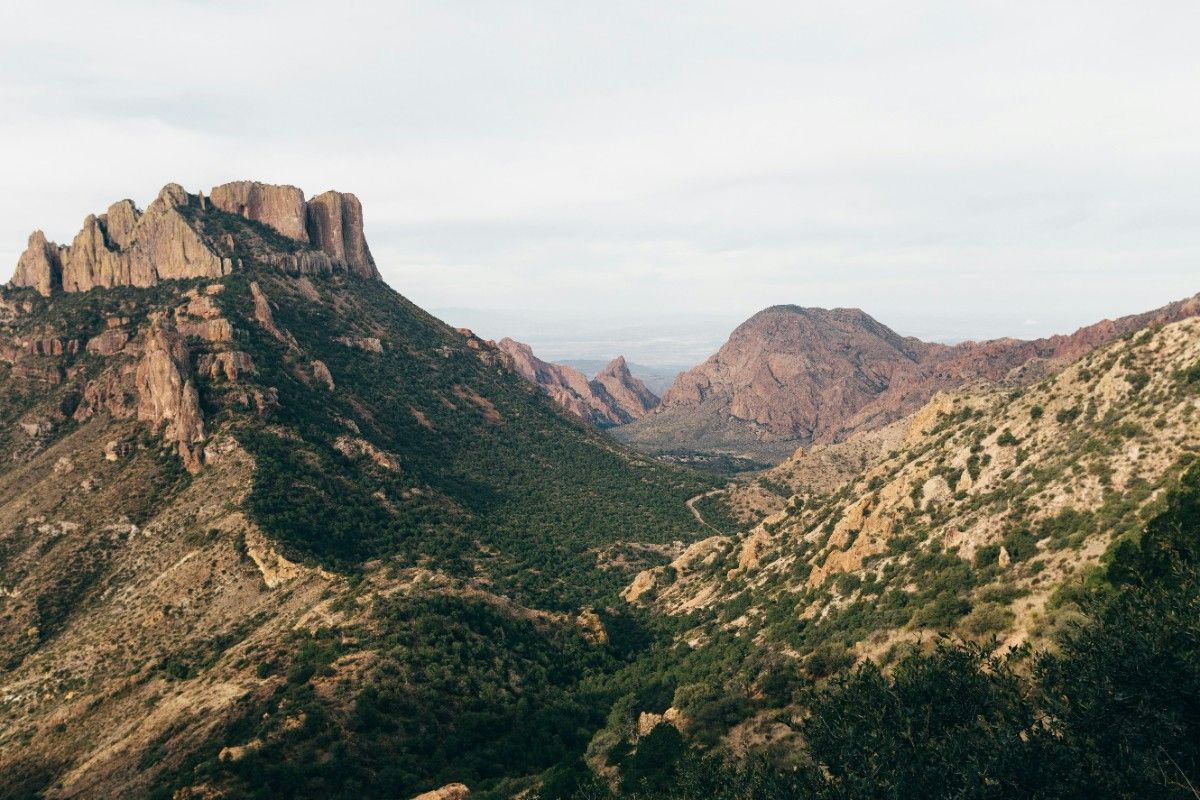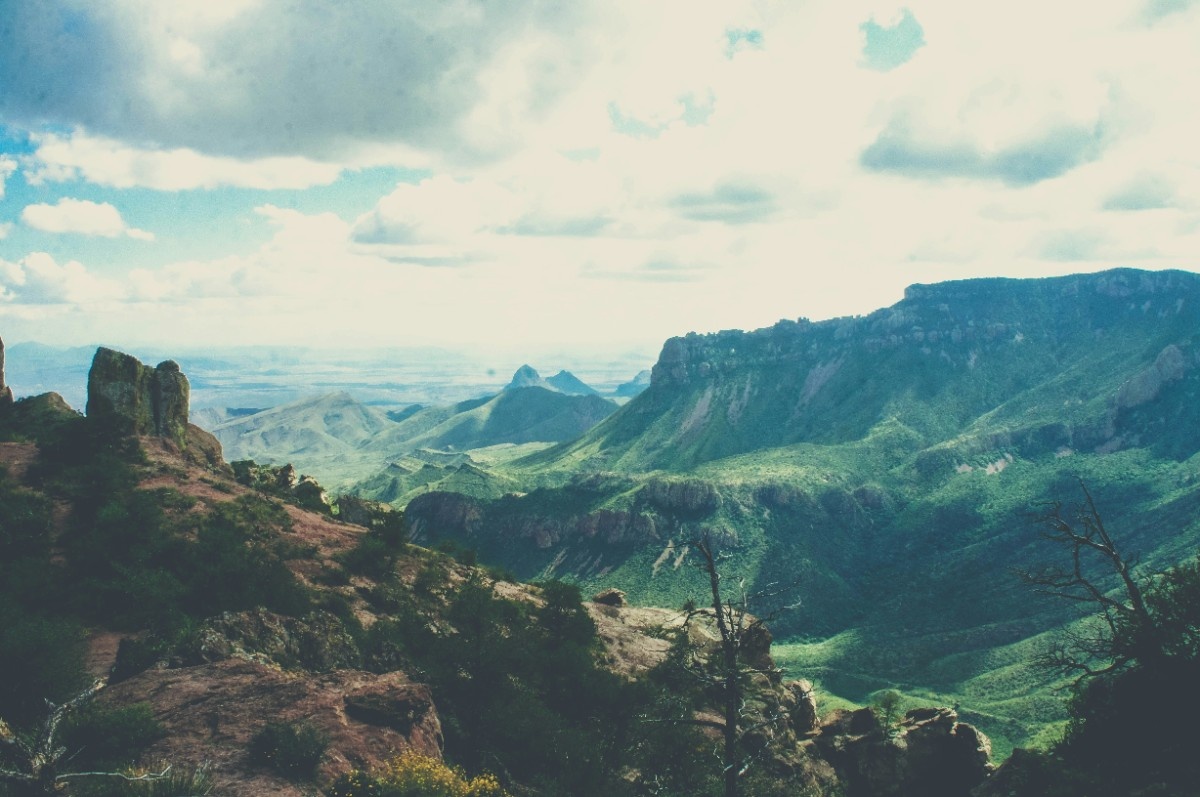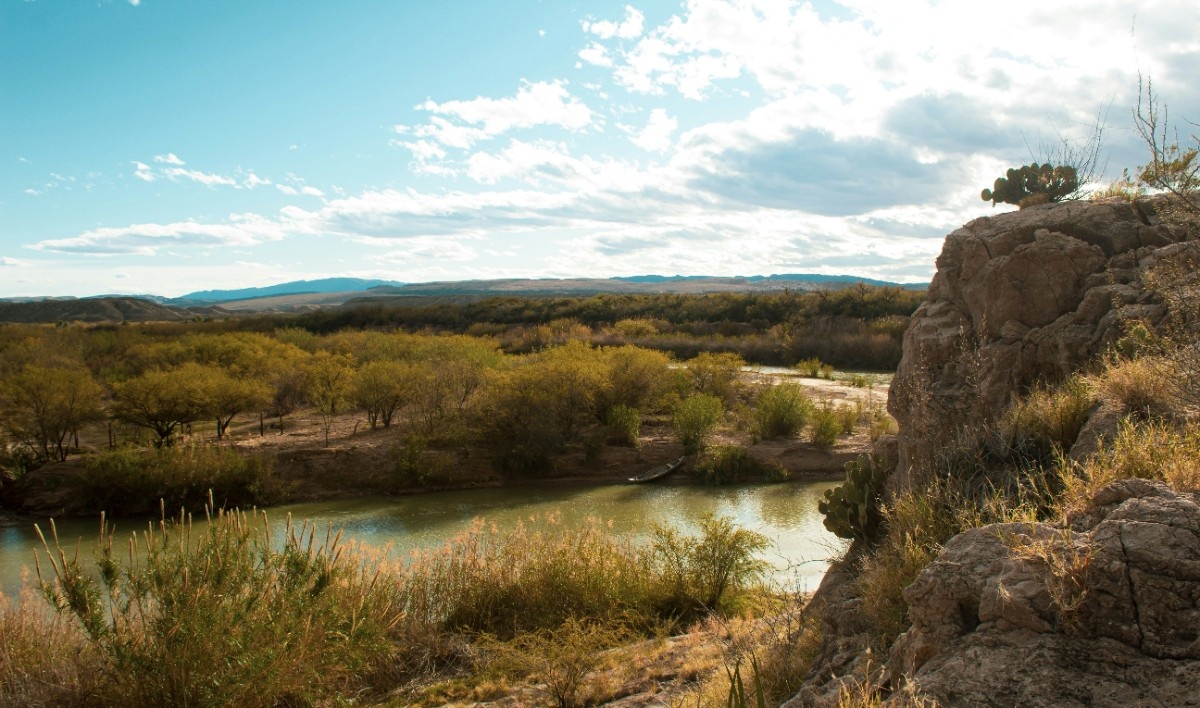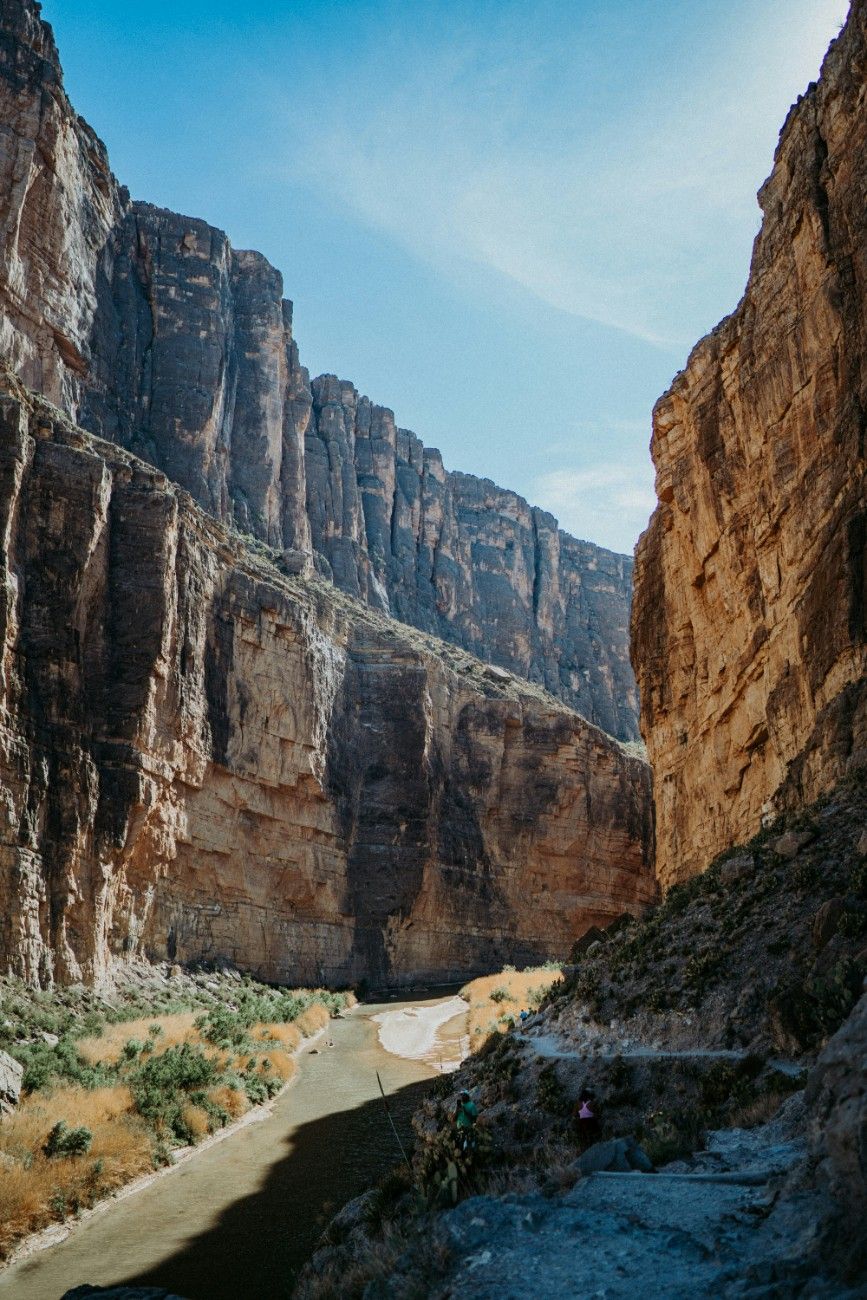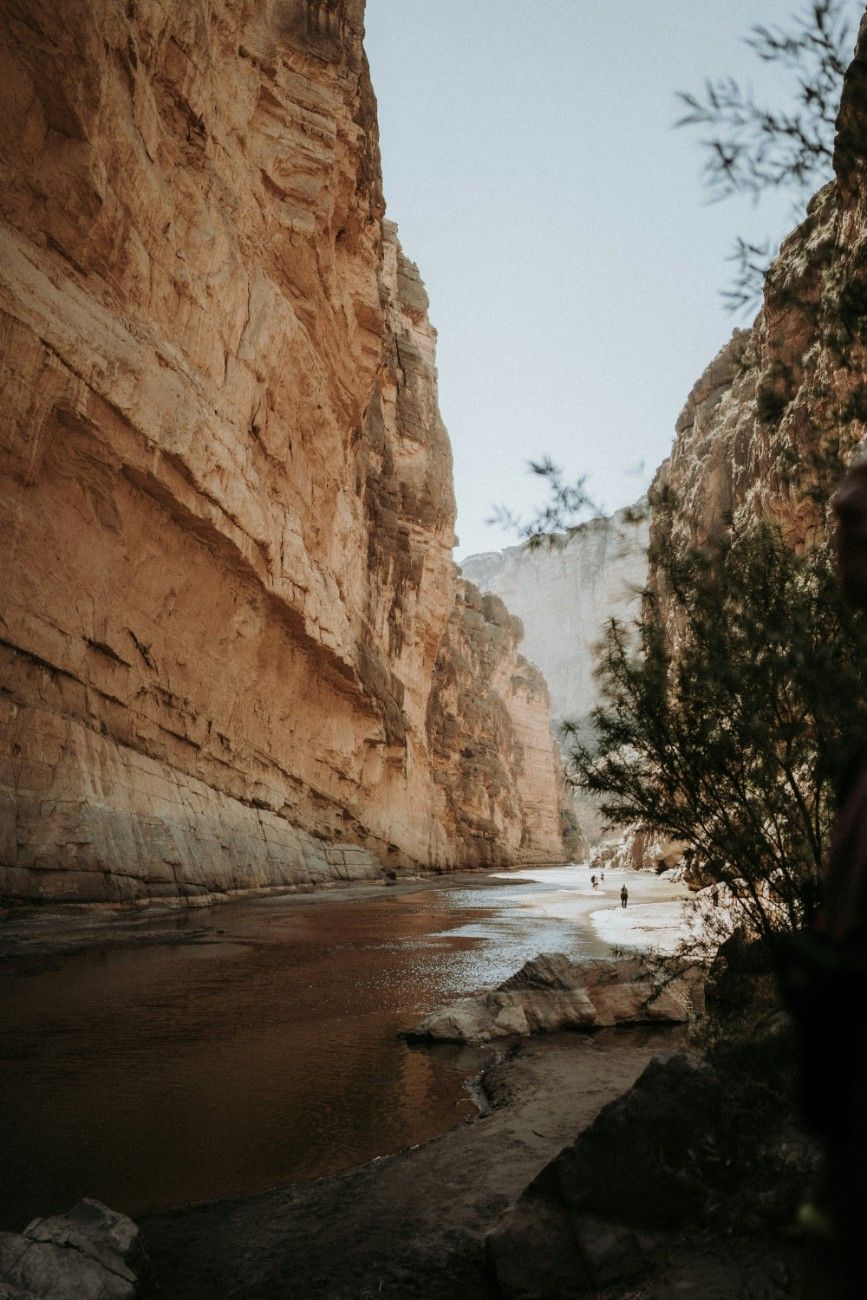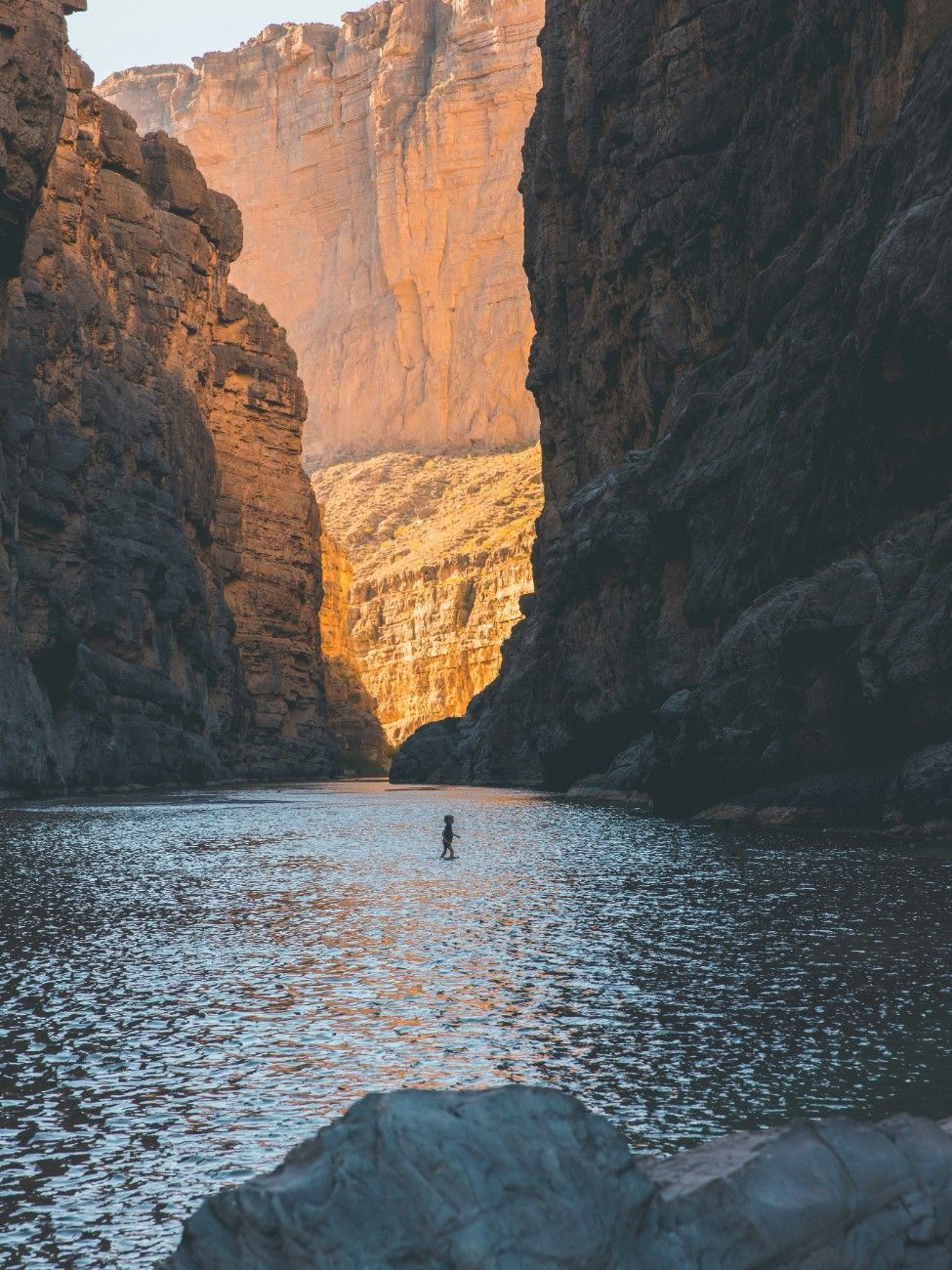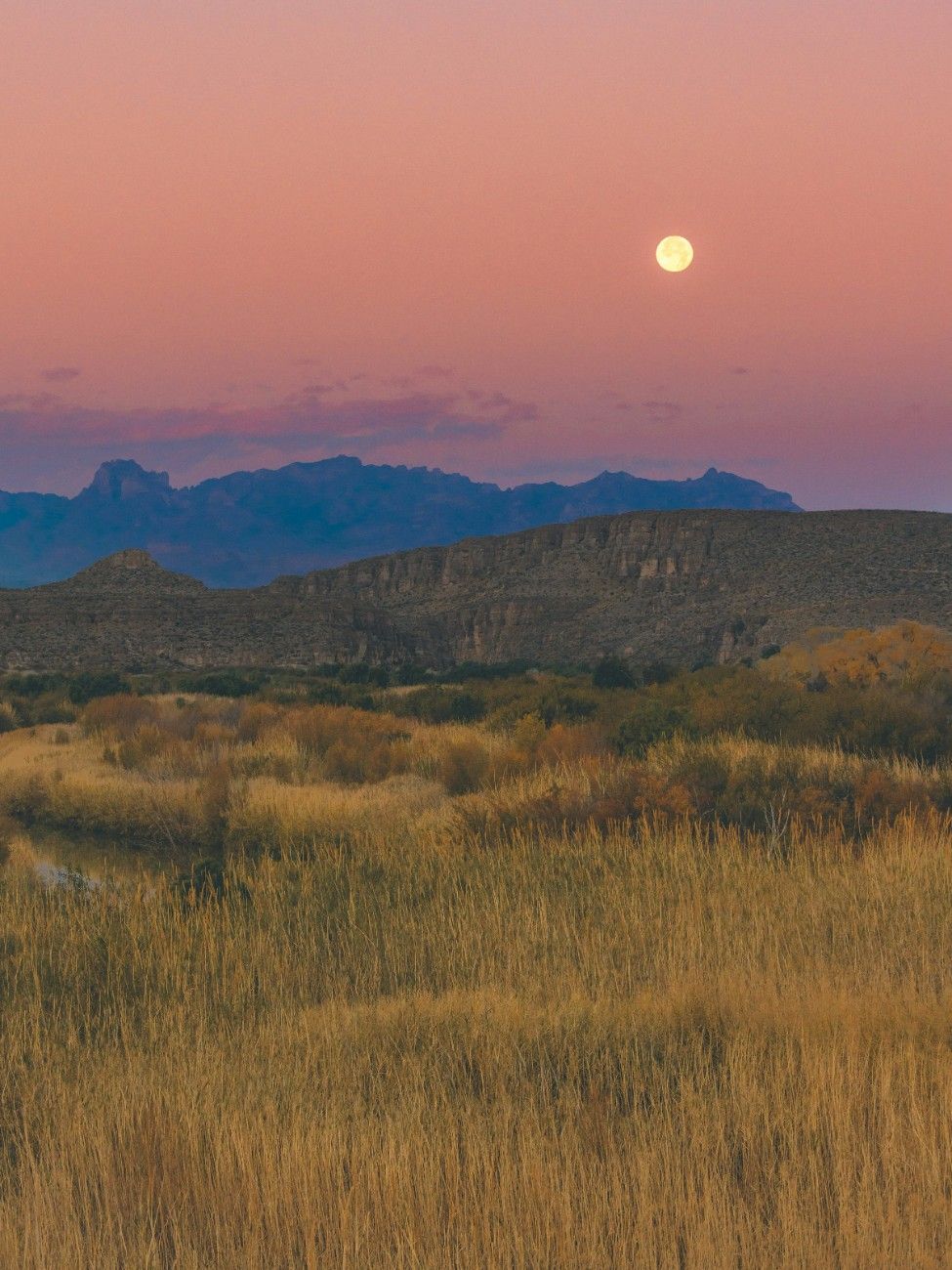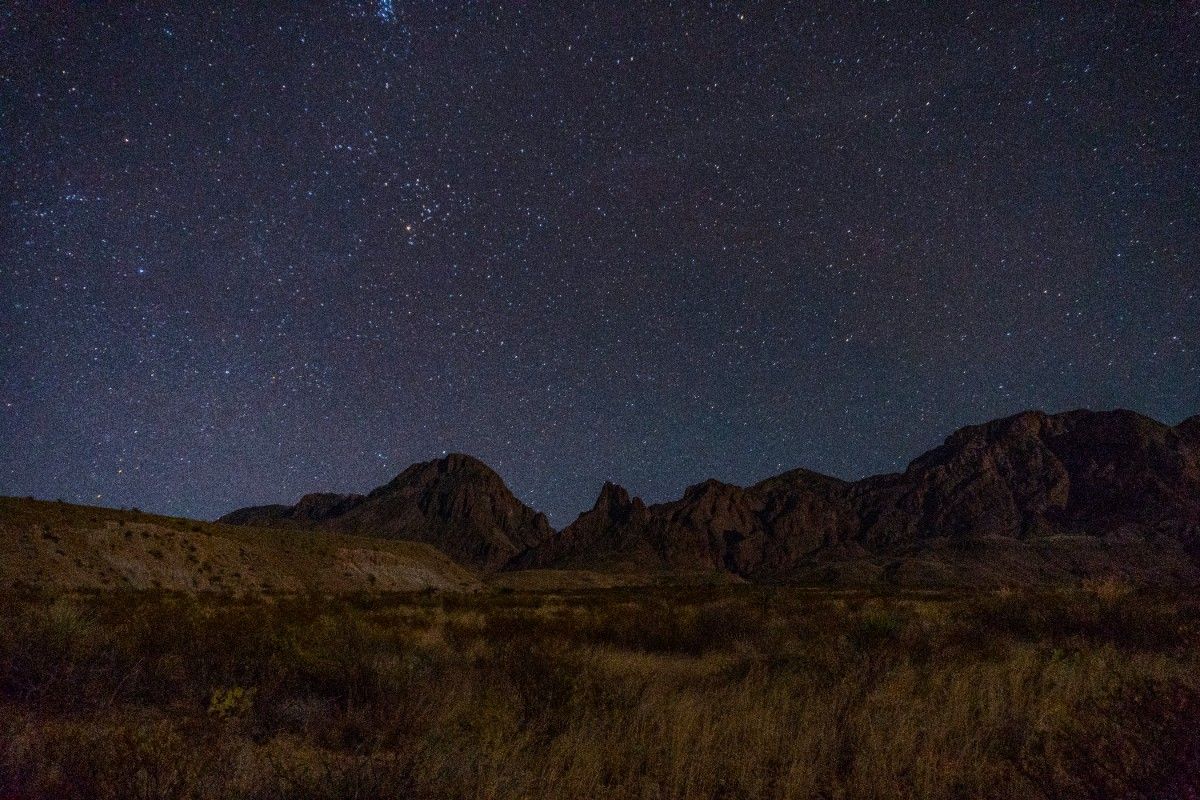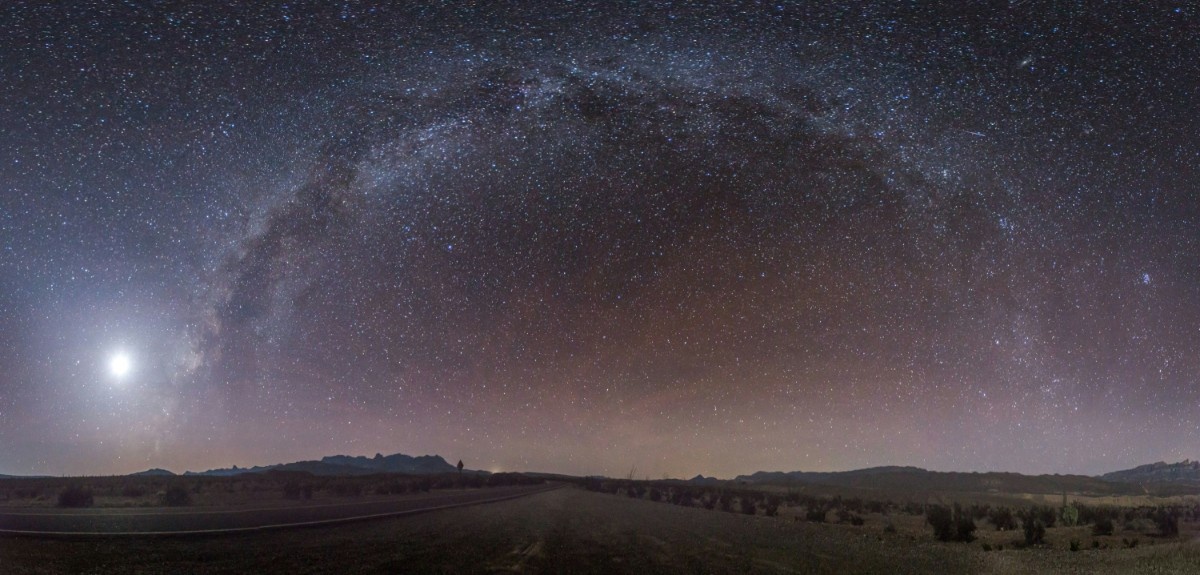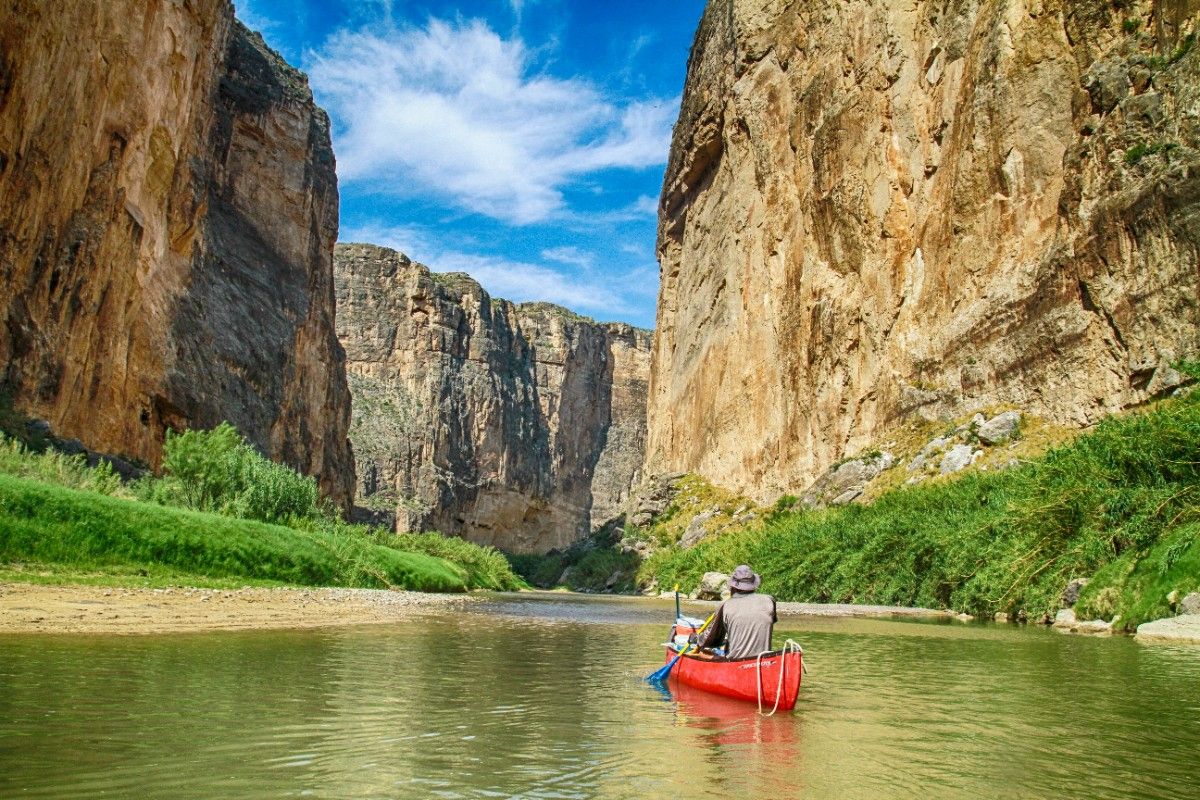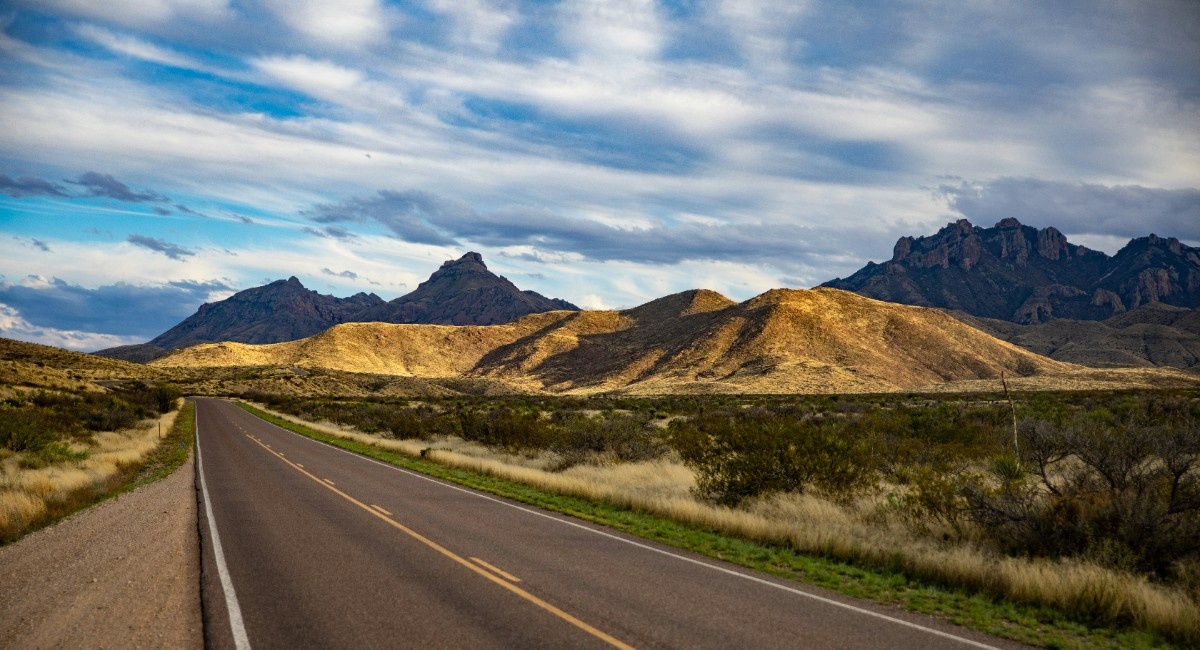Introduction to Big Bend National Park
Overview of Big Bend National Park
Big Bend National Park, located in the heart of Texas, is a vast and rugged wilderness that covers over 800,000 acres. This national park is named after the sweeping curve of the Rio Grande, which forms a natural border between the United States and Mexico. Big Bend National Park is a place of incredible diversity, where the Chihuahuan Desert, the Chisos Mountains, and the Rio Grande converge to create a unique and breathtaking landscape. The park is home to an array of flora and fauna, including over 1,200 species of plants, 450 species of birds, 75 species of mammals, and 56 species of reptiles. Big Bend National Park is a paradise for outdoor enthusiasts, offering countless opportunities for hiking, camping, backpacking, scenic drives, and stargazing. Despite its remote location, Big Bend National Park attracts visitors from around the world who come to experience its rugged beauty and untamed wilderness.
Getting to Big Bend National Park
Big Bend National Park is located in southwest Texas, about 400 miles from San Antonio and 500 miles from Dallas. The park is remote and can be challenging to reach, but the journey is well worth the effort. The nearest airport is Midland/Odessa International Airport, which is about 235 miles from the park. From there, visitors can rent a car and drive to the park via US Highway 385 or US Highway 67. Another option is to fly into El Paso International Airport, which is about 330 miles from the park, and drive via US Highway 90 and US Highway 385. Visitors coming from the east can also drive to the park via US Highway 90 or US Highway 385. It's important to note that there are no gas stations or grocery stores within the park, so visitors should fill up their tanks and stock up on supplies before entering Big Bend National Park.
Geologic Wonders of Big Bend National Park
Formation of the Chisos Mountains
The Chisos Mountains are the most prominent geologic feature of Big Bend National Park. These mountains were formed around 35 million years ago during a period of intense volcanic activity. Magma pushed its way to the surface and solidified into the rugged peaks we see today, primarily composed of rhyolite, a light-coloured, fine-grained igneous rock that is resistant to erosion. The Chisos Mountains are the only mountain range in the United States to be entirely contained within the boundaries of a national park. The highest peak in the range is Emory Peak, which stands at 7,825 feet above sea level. The Chisos Mountains are home to a unique ecosystem, known as the "sky island," which supports a diverse array of plant and animal life, including the endemic Chisos oak and the Carmen Mountains white-tailed deer. Visitors to Big Bend National Park can explore the Chisos Mountains via a network of hiking trails, including the challenging but rewarding South Rim Trail, which offers stunning views of the surrounding desert landscape.
Secrets of the Santa Elena Canyon
The Santa Elena Canyon is another remarkable geologic feature of Big Bend National Park. This stunning limestone gorge was carved by the Rio Grande over millions of years and is now one of the park's most popular attractions. The walls of the canyon rise over 1,500 feet above the river, exposing layers of limestone and sandstone that date back to the Cretaceous period, around 100 million years ago. The canyon is accessible via a short hiking trail that leads from the end of the Ross Maxwell Scenic Drive to the river's edge. From there, visitors can take a scenic boat ride through the canyon or paddle their own canoe or kayak to explore its hidden wonders. The Santa Elena Canyon is also home to a variety of plant and animal life, including the rare black-capped vireo, a small songbird that nests in the canyon's rocky crevices. The stunning beauty of the Santa Elena Canyon is a testament to the power of the Rio Grande and the geologic forces that have shaped this incredible landscape over millions of years.
Flora and Fauna of Big Bend National Park
Diverse Plant Life in the Chihuahuan Desert
Big Bend National Park is home to an incredible diversity of plant life, thanks to its location in the Chihuahuan Desert. This arid landscape supports over 1,200 species of plants, ranging from tiny annual wildflowers to towering cacti. One of the most iconic plants in the park is the giant dagger yucca, which can grow up to 20 feet tall and produces a stunning display of white flowers in the spring. Another notable species is the candelilla, a small shrub that produces a high-quality wax used in a variety of products. The park is also home to several species of cacti, including the prickly pear, the cholla, and the endangered Chisos hedgehog cactus. In the higher elevations of the Chisos Mountains, visitors can find a unique mix of desert and mountain plants, including the Chisos oak, the alligator juniper, and the Texas madrone. The park's diverse plant life is a testament to the resilience and adaptability of the species that call this rugged landscape home.
Abundant Wildlife in Big Bend National Park
Big Bend National Park is a haven for wildlife, with over 450 species of birds, 75 species of mammals, and 56 species of reptiles calling the park home. Birdwatchers flock to the park to catch a glimpse of rare species like the Colima warbler, which nests exclusively in the Chisos Mountains, and the Lucifer hummingbird, which is found nowhere else in the United States. The park is also home to a variety of mammals, including black bears, mountain lions, and javelinas. Visitors may also spot mule deer, white-tailed deer, and bighorn sheep in the park's rugged terrain. The Rio Grande supports its own unique ecosystem, with several species of fish, amphibians, and reptiles, including the endangered Big Bend gambusia and the Rio Grande cooter. The park's diverse habitats, from the desert scrub to the mountain forests, support an incredible array of wildlife that visitors can observe and appreciate.
Human History in Big Bend National Park
Ancient Inhabitants of the Big Bend Region
The human history of Big Bend National Park dates back thousands of years, with evidence of ancient indigenous peoples found throughout the park. The most prominent group in the region was the Chisos, a nomadic hunter-gatherer tribe that traversed the desert landscape in search of food and water. The Chisos left their mark on the park in the form of pictographs and petroglyphs, which can still be seen today in places like the Indian Head Trail and the Chimneys. Other indigenous groups, including the Mescalero Apache and the Comanche, also visited the area and left their own unique imprints on the landscape. The arrival of Spanish explorers in the 16th century marked the beginning of a new era in the region's history, with the establishment of missions and presidios along the Rio Grande. The Presidio de San Vicente, located in what is now Big Bend National Park, served as a military outpost and a centre of trade with the local indigenous tribes.
Mining and Ranching in the Big Bend Region
In the 19th century, the Big Bend region became a hub of activity, with the arrival of ranchers, miners, and outlaws seeking to make their fortune in the rugged terrain. The discovery of cinnabar, a mercury-bearing ore, in the Terlingua area led to a mining boom that lasted for several decades. The Mariscal Mine, located in the park, was once one of the largest mercury mines in the world, and its ruins can still be seen today. Ranching also played a significant role in the region's history, with the establishment of large cattle ranches in the late 19th and early 20th centuries. The Sauceda Ranch, located in the heart of the park, was once one of the largest ranches in Texas, covering over 1 million acres. Today, visitors to Big Bend National Park can explore the remnants of the region's mining and ranching history, including the ruins of the Mariscal Mine and the Sauceda Ranch, and gain a deeper understanding of the complex and fascinating human history of this unique landscape.
Scenic Drives and Hiking Trails in Big Bend National Park
Ross Maxwell Scenic Drive
The Ross Maxwell Scenic Drive is one of the most popular routes in Big Bend National Park, offering visitors a chance to explore the stunning landscapes of the Chihuahuan Desert. This 30-mile paved road winds through the heart of the park, passing by towering cliffs, deep canyons, and expansive vistas of the surrounding mountains. Along the way, visitors can stop at several overlooks and trailheads, including the Santa Elena Canyon overlook, which offers a breathtaking view of the 1,500-foot limestone cliffs that rise above the Rio Grande. The drive also passes by the Castolon Historic District, which features the remnants of a former trading post and cavalry camp, and the Mule Ears Viewpoint, which offers a stunning vista of the twin peaks that resemble a mule's ears. The Ross Maxwell Scenic Drive is a must-see for any visitor to Big Bend National Park, offering a chance to experience the rugged beauty of the Texas desert from the comfort of your own vehicle.
South Rim Trail
For hikers looking for a challenging and rewarding adventure in Big Bend National Park, the South Rim Trail is a must-do. This strenuous 12-14 mile round trip hike takes visitors up into the high country of the Chisos Mountains, offering stunning views of the surrounding desert landscape. The trail begins at the Chisos Basin trailhead and climbs steadily up through a series of switchbacks, passing through a variety of habitats, from the lush oak and juniper forests of the lower elevations to the rocky and exposed ridgelines of the higher elevations. Along the way, hikers will pass by several landmarks, including the Boot Canyon and the Northeast Rim, before reaching the South Rim itself, which offers a panoramic view of the park stretching out for miles in every direction. The South Rim Trail is a challenging hike that requires a good level of physical fitness and preparation, but the reward of standing on the edge of the Chisos Mountains and taking in the breathtaking views is well worth the effort.
Stargazing in Big Bend National Park
The Darkest Skies in the Lower 48 States
Big Bend National Park is known for having some of the darkest skies in the lower 48 states, making it an ideal destination for stargazing. The park's remote location, far from the light pollution of major cities, allows visitors to experience the night sky in a way that is becoming increasingly rare in the modern world. On a clear night, the sky above Big Bend is a dazzling display of stars, planets, and galaxies, with the Milky Way stretching across the sky in a brilliant band of light. The park's high elevation and dry desert air also contribute to its exceptional stargazing conditions, with minimal atmospheric distortion and excellent visibility. Visitors to Big Bend National Park can take advantage of the park's dark skies by attending one of the regular ranger-led stargazing programs, which include telescope viewing and guided tours of the night sky, or by simply finding a quiet spot away from the campgrounds and taking in the breathtaking view on their own.
Best Spots for Stargazing in Big Bend National Park
While the entire park offers exceptional stargazing opportunities, there are a few spots that are particularly well-suited for observing the night sky. The Rio Grande Village, located on the eastern edge of the park, is a popular spot for stargazing due to its wide-open spaces and unobstructed views of the horizon. The Castolon area, located on the western side of the park, is another great spot for stargazing, with its remote location and minimal light pollution. For those looking for a more immersive experience, the Chisos Basin area offers several backcountry campsites that are far from the main campgrounds and offer unparalleled views of the night sky. No matter where you choose to stargaze in Big Bend National Park, you are sure to be rewarded with a breathtaking display of celestial wonders that will leave you in awe of the vast and mysterious universe we call home.
Outdoor Activities in Big Bend National Park
River Activities on the Rio Grande
The Rio Grande is a defining feature of Big Bend National Park, forming the park's southern boundary and offering a variety of outdoor activities for visitors to enjoy. One of the most popular river activities is rafting, with several companies offering guided trips ranging from half-day floats to multi-day adventures through the park's stunning canyons. Visitors can choose from a variety of trips based on their skill level and interests, from gentle floats through the scenic Santa Elena Canyon to more challenging whitewater adventures through the Mariscal Canyon. Canoeing and kayaking are also popular ways to explore the Rio Grande, with several put-in and take-out points located throughout the park. Visitors can bring their own boats or rent them from local outfitters, and can choose from a variety of routes ranging from short, easy paddles to longer, more challenging trips. No matter how you choose to experience the Rio Grande, you are sure to be rewarded with stunning views of the park's rugged landscapes and a unique perspective on this iconic Texas river.
Hiking and Backpacking in the Chisos Mountains
The Chisos Mountains are the heart of Big Bend National Park, offering a variety of hiking and backpacking opportunities for visitors of all skill levels. The mountains are home to several well-maintained trails, ranging from short, easy nature walks to strenuous, multi-day backpacking trips. One of the most popular hikes in the Chisos is the Lost Mine Trail, a moderately challenging 4.8-mile round trip that offers stunning views of the surrounding desert landscape. For those looking for a longer adventure, the South Rim Trail is a challenging 12-14 mile round trip that takes hikers up to the highest point in the park, offering panoramic views of the surrounding mountains and desert. Backpackers can also explore the park's backcountry, with several designated campsites located throughout the Chisos Mountains and the surrounding desert. No matter which trail you choose, hiking and backpacking in the Chisos Mountains is a rewarding and unforgettable experience that offers a chance to immerse yourself in the rugged beauty of Big Bend National Park.
Visiting Big Bend National Park
Best Times to Visit Big Bend National Park
Big Bend National Park is a year-round destination, with each season offering its own unique attractions and challenges. The most popular time to visit the park is during the cooler months of November through April, when temperatures are mild and the desert is in bloom. This is also the busiest time of year, with larger crowds and higher demand for accommodations. The summer months of May through October can be hot and dry, with temperatures often exceeding 100°F (38°C), but this is also the quietest time of year, with fewer crowds and more opportunities for solitude. No matter when you choose to visit Big Bend National Park, it's important to come prepared with plenty of water, sunscreen, and appropriate clothing for the weather conditions. It's also a good idea to check the park's website or visitor centre for up-to-date information on trail conditions, road closures, and any other important alerts.
Accommodations and Services in Big Bend National Park
Big Bend National Park offers a variety of accommodations and services for visitors, ranging from primitive backcountry campsites to full-service lodges. The Chisos Mountains Lodge, located in the heart of the park, offers comfortable rooms and stunning views of the surrounding mountains, as well as a restaurant and gift shop. The park also has three developed campgrounds, including the Rio Grande Village, the Chisos Basin, and the Cottonwood Campground, each offering a variety of amenities such as restrooms, water, and picnic tables. For those looking for a more rustic experience, the park also has numerous backcountry campsites that can be reached by hiking or backpacking. In addition to accommodations, the park also offers several visitor centres, including the Panther Junction Visitor Centre and the Chisos Basin Visitor Centre, where visitors can obtain maps, information, and souvenirs. While there are no gas stations or grocery stores within the park, there are several nearby towns, such as Terlingua and Marathon, where visitors can stock up on supplies before entering Big Bend National Park.
Related Articles

Let us know you agree to cookies
We use marketing, analytical and functional cookies as well as similar technologies to give you the best experience. Third parties, including social media platforms, often place tracking cookies on our site to show you personalised adverts outside of our website.
We store your cookie preferences for two years and you can edit your preferences via ‘manage cookies’ or through the cookie policy at the bottom of every page. For more information, please see our cookie policy.
